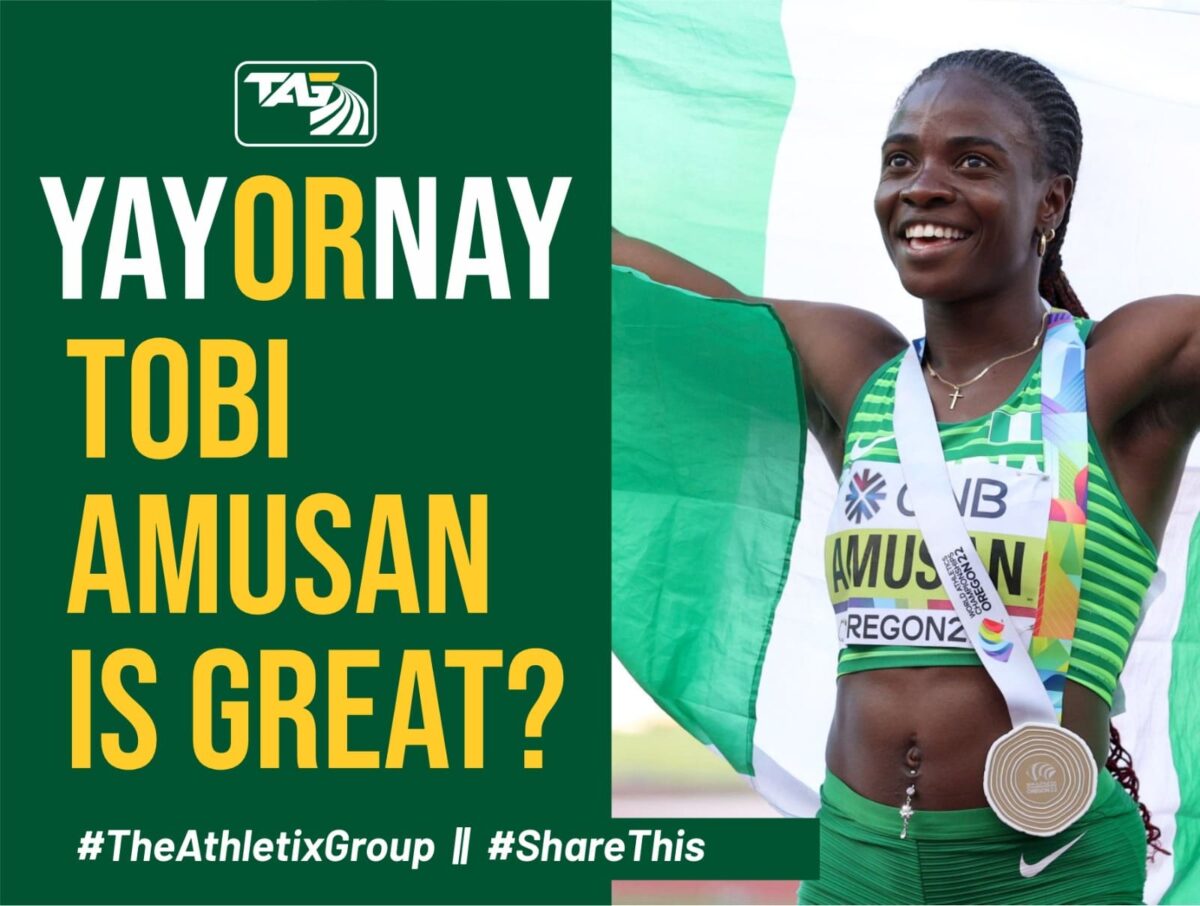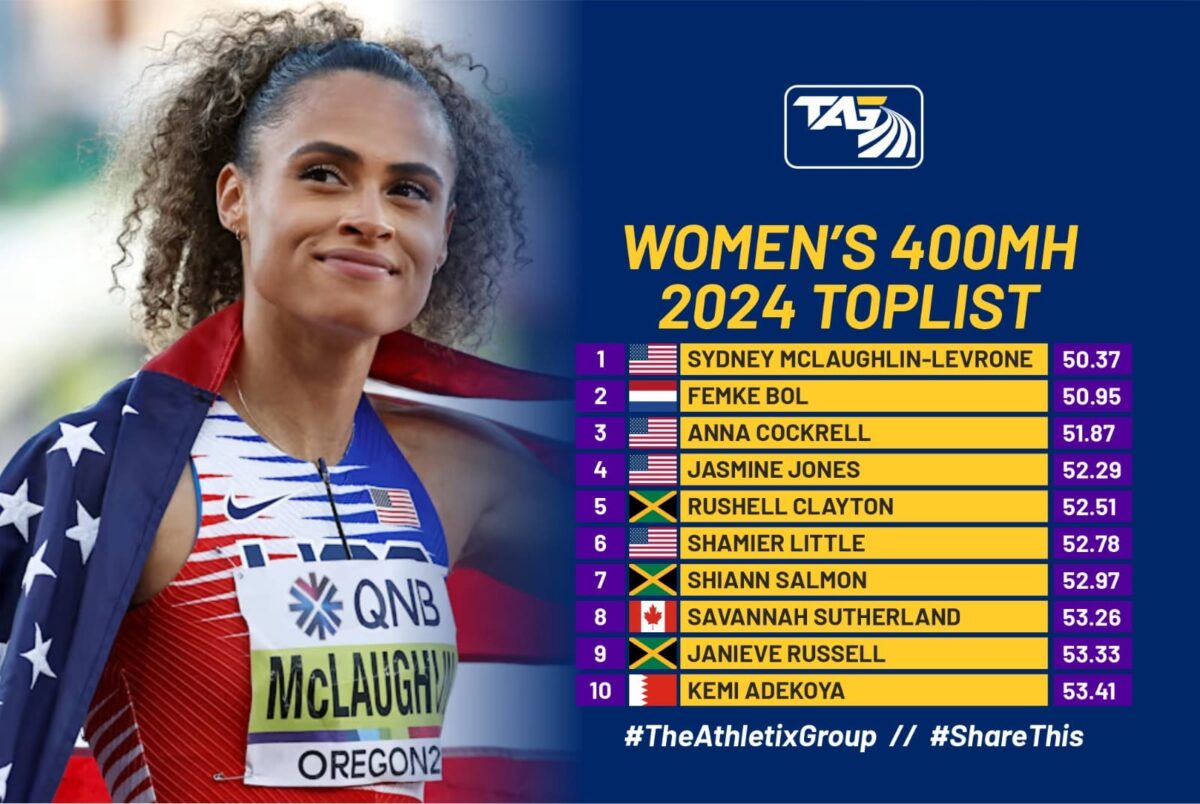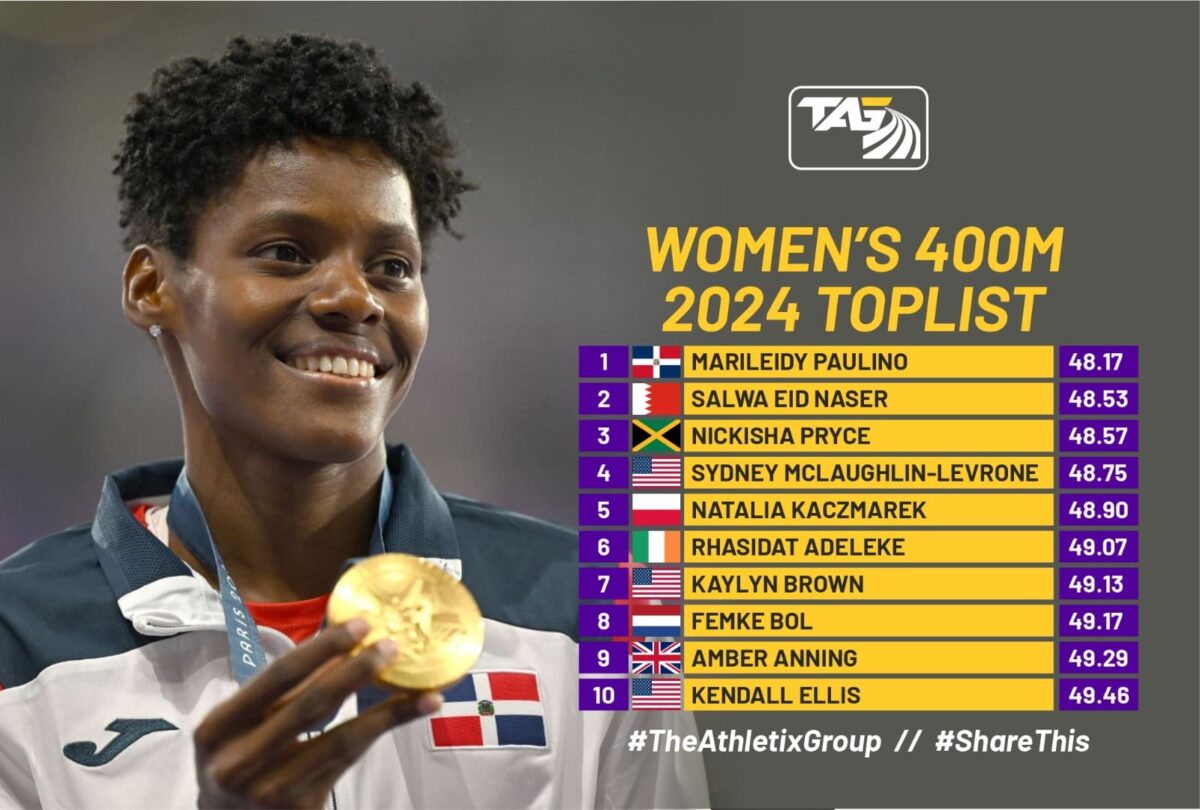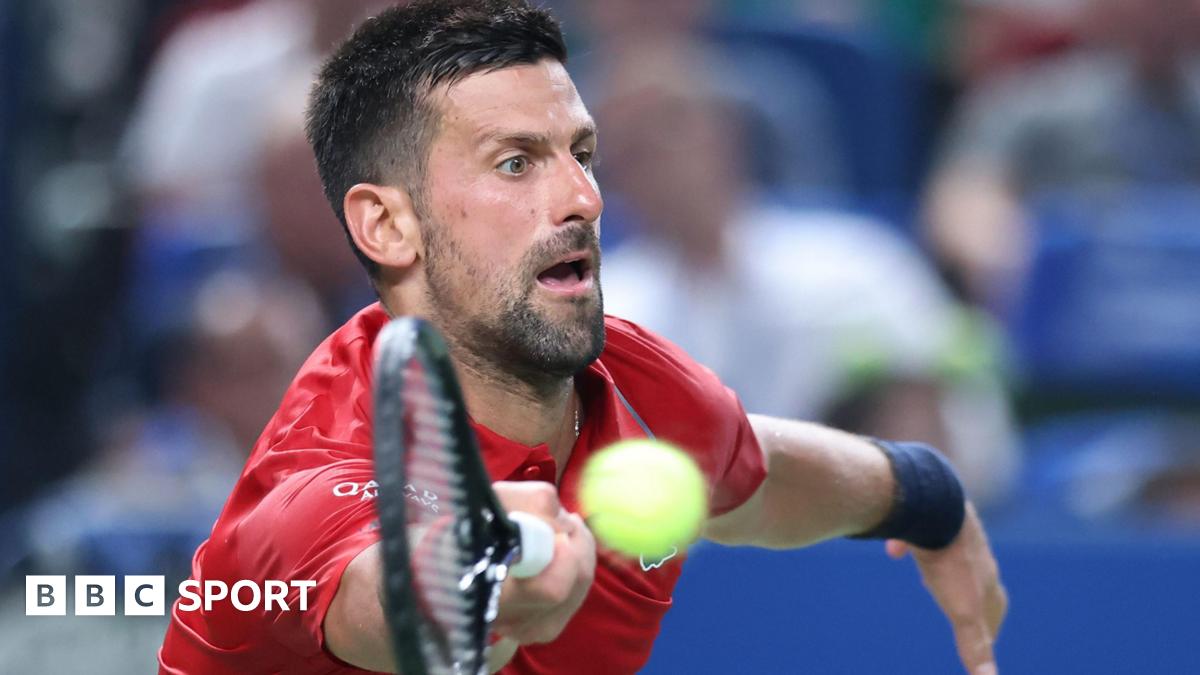
Shanghai Open: Novak Djokovic says he ‘suffered a lot’ during hard-fought victory over Marin Cilic
October 3, 2025
Page Not Found | OneFootball
October 3, 2025
Michael Johnson was once owed money by British Athletics and he reacted by boycotting its track meets.
Michael Johnson has thanked athletes for their patience and understanding while they wait to be paid for their Grand Slam Track efforts this year. Yet history tells us the 58-year-old ex-sprinter would not be quite so forgiving if he was in their spikes today.
As Olympic 200m and 400m champion in the late 1990s, Johnson boycotted British athletics meetings for several years due to a dispute over unpaid race fees.
In 1997, a few weeks after dropping out of his much-hyped 150m showdown with Donovan Bailey in Toronto, Johnson finished fifth over 200m at Crystal Palace – in a race won by unheralded Welshman Doug Turner – and the American subsequently began a financial feud with British Athletics over non-payments.
During that period the British governing body was forced to declare bankruptcy, partly due to legal fees relating to the Diane Modahl anti-doping case, but Johnson and his agent Brad Hunt showed little patience, refusing to return to Britain until he was paid and threatening legal action to recoup the money.
Johnson was owed around £70,000, which coincidentally is a similar amount of cash that event winners at this year’s Grand Slam Track should have been paid. The irony is so thick you could choke on it.
Johnson’s stance hardly endeared himself to fans at the time either. Nor the media.
Doug Gillon, the respected and long-time athletics writer at the Herald newspaper in Glasgow, described him in one article as “the truculent Texan”.
Writing in the Guardian in 2000, Richard Williams said: “Johnson is a difficult man to deal with… long renowned for his taciturnity. A shy and obsessively neat man, his monosyllabic delivery and bass profundo voice give him the air of a lone gunfighter.
“He likes to play up to the image, in his downbeat way. ‘I don’t personalise my rivals,’ he said this summer. ‘They have no faces or names. They are just seven people standing in my way’.”
More than a quarter of a century later, Johnson now finds himself in a similar position to British Athletics in 1997. After struggling to pay athletes, agents and suppliers for their work at Grand Slam Track events earlier this year, their self-imposed deadline of September has passed with creditors still waiting to be fully paid, although there are reports that athletes received partial payments on Friday (Oct 3) thanks to an emergency injection of cash from investors.
Georgia Hunter Bell, the world and Olympic medallist, said last month she was “not holding her breath” that payments would be forthcoming. The British middle-distance runner told The Sports Agents podcast: “I don’t believe anyone has been paid that I’ve spoken to personally, but we’re just hoping it works out.”

World Athletics is also known to be keeping a close eye on the situation, although Johnson will perhaps be relieved to hear the Athletics Integrity Unit, which has developed a fierce reputation for pursuing drug cheats, currently has little interest in the Grand Slam situation.
Brett Clothier, head of the AIU, told media at the World Championships in Tokyo: “Under the Integrity Code, if it’s a case of fraud that’s been committed in our sport then we have the power to act. But short of fraud, non-payment of debts and trading whilst insolvent and those sort of things don’t come under the Integrity Code.
“However,” he added, “if it’s a fraudulent matter it could, but it needs to reach that threshold to come under our consideration.”
Grand Slam Track was launched amid considerable hoo-ha in June last year with the first meeting in Jamaica on April 4-6. Even during the months leading up to the first event, articles about the event were peppering media on a weekly basis and it was unusual to see an interview with an athlete without them being asked what they thought of Grand Slam Track, or if they would be racing in it.
“We’re revolutionising the track landscape, allowing our sport to remain at the forefront of the sporting world year round,” said Johnson, “pushing our superstar racers to break new ground in their personal storytelling, competitive success, and marketability. Grand Slam Track is going to take our sport to new heights and we want you to come along for the ride.”
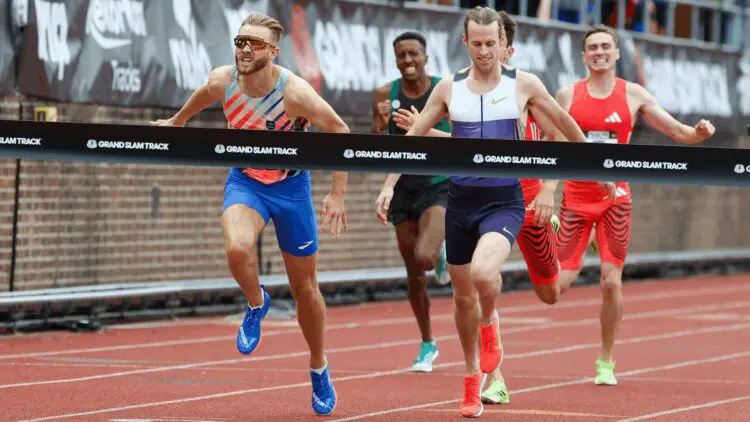
The prize money was unprecedented in athletics with $100,000 (£74,450) for each of the winners at each of the four events, filtering down to $10,000 (£7450) for eighth place.
Johnson claimed initial funding of $30 million and offered more than $12.5m in prize money with NBC and TNT Sports covering the events. Big-name athletes such as Sydney McLaughlin-Levrone, Melissa Jefferson-Wooden, Cole Hocker and Josh Kerr signed up to compete, although the first meeting got off to an anticlimactic start with the stands in Kingston, Jamaica, largely empty.
The GST circus moved on to Miami on May 2-4 with better crowds and, to be fair, some entertaining athletics. But by the third event, in Philadelphia on May 31-June 1, the three-day format had been cut to two days and the two distance events reduced to one.
Behind the scenes a major investor had pulled out shortly after the Kingston event, leading to instant financial trouble. It led to the fourth and final event of the 2025 series, in Los Angeles on June 28-29, being cancelled on June 12.
As the athletics caravan rolled into Oslo for the sixth Diamond League of the season, Grand Slam Track was on everyone’s lips as Johnson told athletes and agents via a video call that the LA meet was cancelled. Since then, Grand Slam Track has remained one of the biggest talking points in the sport but not for the right reasons.
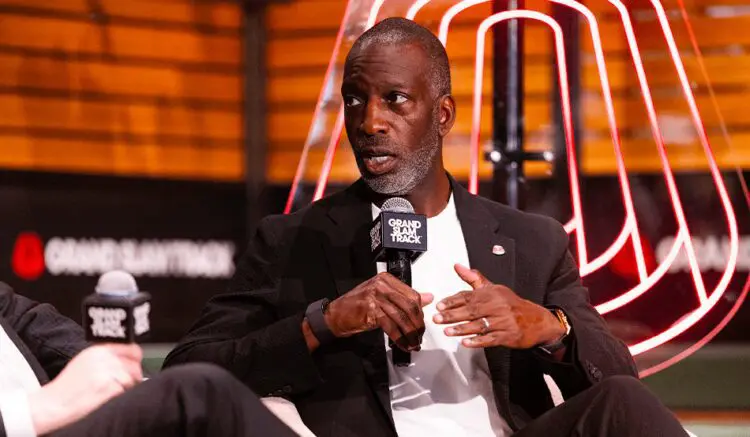
So why did it fail? It certainly wasn’t due to lack of publicity.
Instead, perhaps the series focused too heavily on the North American market with none of the initial meetings in Europe. As Seb Coe said recently when quizzed about the popularity of the sport in the United States: “It is a paradox. Athletes who are mobbed in Tokyo (during the World Champs) can walk down their own streets in the US in anonymity.”
The focus on track events was also a brave but dubious decision. Johnson felt ignoring field events was a necessarily brutal method to create a successful track meet, but jumps and throws have been part of the sport since the ancient games in Greece.
“Field events may appear a superfluity,” wrote Jonathan Liew in a Guardian article on the demise of Grand Slam Track, “but without them the whole product falls apart. The essential appeal of elite athletics lies in its sprawling, village-fete ambience. The bits between the bits. The bits brushing up against other bits. The bits that can often be safely ignored, right until the moment they can’t. Mondo Duplantis going for another world record. Nafi Thiam’s and Katarina Johnson-Thompson’s epic duels in the heptathlon.”
Whereas Grand Slam Track attracted plenty of star athletes, no doubt seduced by the promise of immense prize money, there were plenty of notables who kept their distance. They included Noah Lyles, Karsten Warholm, Femke Bol, Keely Hodgkinson and Jakob Ingebrigtsen, although the latter two were injured during the early part of the year.
What’s more, Grand Slam Track cut its own path and billed itself somewhat arrogantly as the saviour of track and field. Maybe if it had worked a little more closely with World Athletics, in the same way the female-only competition Athlos has, things may have been different.
Grand Slam Track’s second meeting in Miami, for example, coincided with the second of 15 Diamond League meetings this year in Shanghai, China, on May 3. “We usually establish our dates first and it allows other organisers to look for other non-clashing dates,” Diamond League chief executive Petr Stastny told AW at the time. “We welcome the new projects but we don’t welcome date clashes and unfortunately they seem to be happening in 2025.”
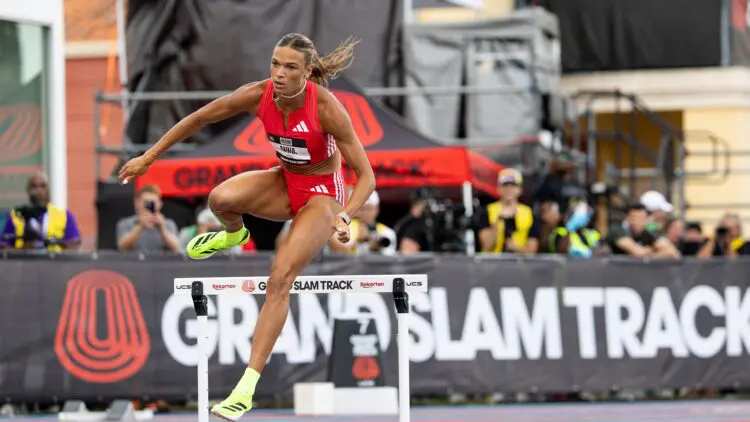
The first Grand Slam Track meets were unusually early, too. This meant athletes had to be fit and firing on all cylinders in April and then peak mid-season for their national selection trials and then most importantly for the World Champs in mid-September.
History was not on Johnson’s side either. Grand Slam Track was innovative and ‘disruptive’, but new concepts usually struggle to get a foot-hold in a sport where athletes and fans are generally reluctant to embrace change. Major championships and grands prix in cities like Zurich, Brussels, London, Stockholm and Oslo, for example, have tried-and-trusted formats and have stood the test of time. In comparison, concepts such as CityGames street athletics, or ideas like ‘devil-takes-the-hindmost’ races at the European Team Champs, have been quietly dropped.
Finally and most importantly, financial problems were the final nail in Grand Slam Track’s coffin. The amount of money the series offered its athletes was almost too good to be true but support from investors was not concrete enough. Even Johnson himself is said to have lost around $2m on the project.
“It is incredibly difficult to live with the reality that you’ve built something bigger than yourself while simultaneously feeling like you’ve let down the very people you set out to help,” Johnson said. “We promised that athletes would be fairly and quickly compensated. Yet here we are struggling with our ability to compensate them.”





